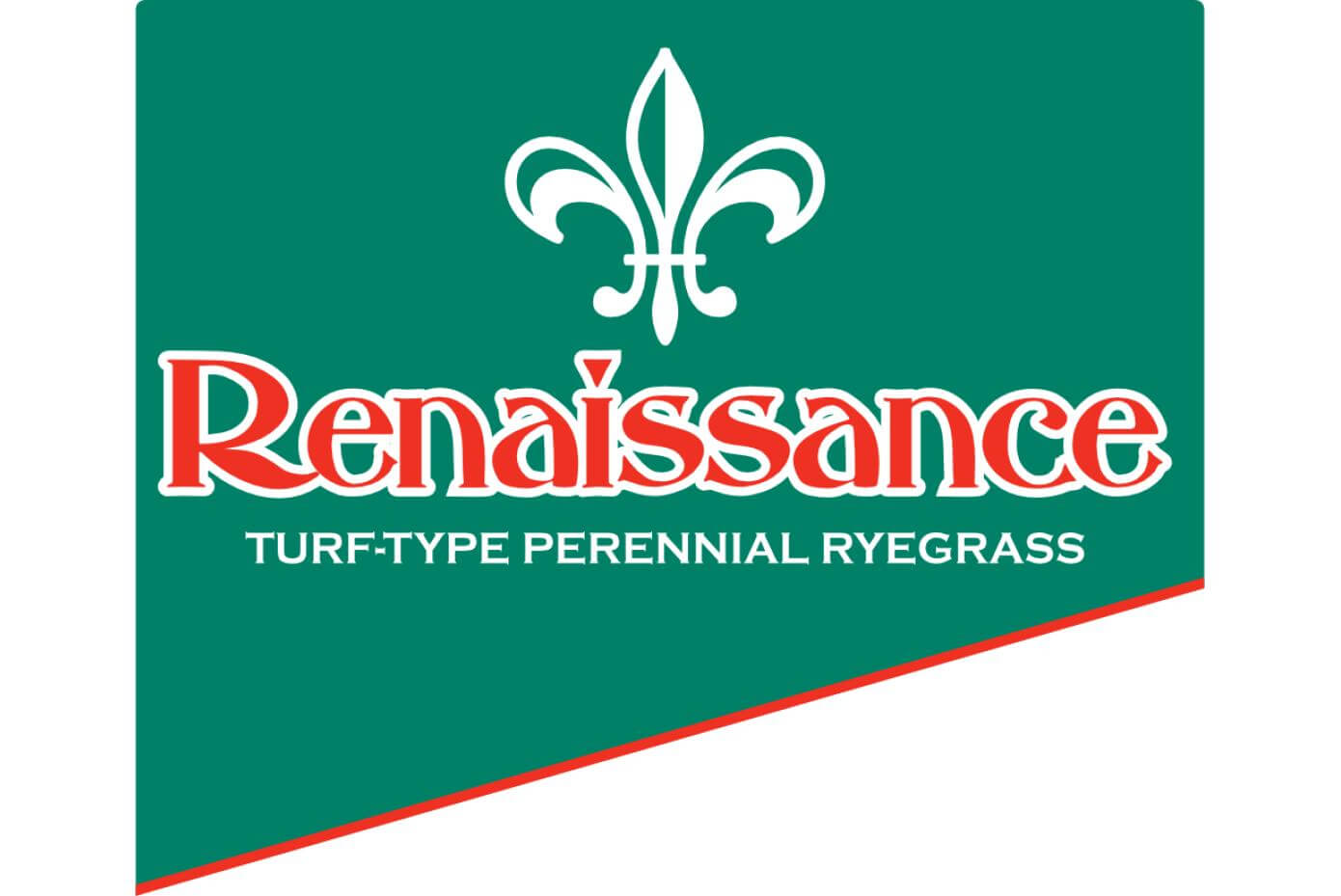Market Watch
Ahh, March! As we flip the calendar with passion, excitement, (and a bit of anxiety for some), we all look to the retailers, the landscapers, and the homeowners with one thought, one harmonic cry: “Play ball! Plant! Dig! Buy! Order! You can do it! We’re here for you. Give us your order, tell us to ship it! Stock your shelves, put the ads in the fliers. Go for it!
Characteristics
If you are needing a fast-establishing perennial ryegrass with a strong root system, that can tolerate traffic, that can quickly recover from stress, and that has increased resistance to red thread, gray leaf spot, snow mold, dollar spot, and other nasty turf diseases… Check out RENAISSANCE!
RENAISSANCE turf-type perennial ryegrass has been specifically bred for improved disease resistance, strong roots, and quick establishment. In fact tests have shown it to be quicker establishing than many other popular varieties. This means less chance for invasive weeds and undesirable grasses, such as poa annua and crabgrass.
A new RENAISSANCE Technical Brochure has been developed and is attached for your review. As always, more are available upon request. Regrettably, we are sold out for spring, but are taking bookings for new crop. Get a jump on fall with one of the fastest establishing ryegrasses available - book your RENAISSANCE now!
Endophyte are Really Some Fungi(s) And Helpful Too!!
Last year, in our March ‘03 Snippets (See Volume 3.3) we mentioned that researchers are finding endophytes to have widespread advantages beyond reducing turf-destroying pests. Researchers are finding that endophyte-containing plants can out-compete weeds better, survive stresses better, and even acquire scarce nutrients better than their non-endophytic counterparts. This in addition to their primary benefit of reducing damaging insect populations. All these benefits can even be derived by overseeding endophyte-enhanced varieties into existing turf stands. The more one learns about endophytes, the more fascinating these little fungi become!
In addition to these important findings, researchers are learning that cultural practices have a direct impact on the levels of endophyte. Two key cultural practices are mowing and fertility levels. One study, at Ohio State University, found that decreased mowing frequency - from once a week to once every two weeks increased endophyte levels as much as FIVE times. Increasing mowing height also significantly increased endophyte levels. The second cultural findings, from the University of Georgia show that levels of phosphorus and both levels and sources of nitrogen affect the amount of endophyte-produced alkaloids. Seems like there is an angle in all of this that a savvy marketer or turf specialist could use to promote the use of improved seeds, correct fertilizers, and management practices that MIGHT just be a valuable enough tool to do more than sell on price! What do you think?
